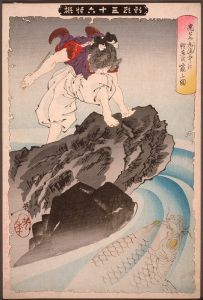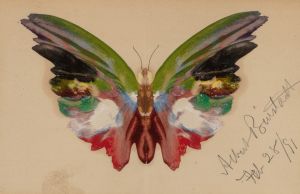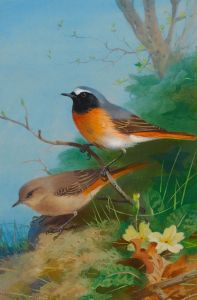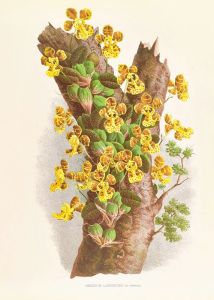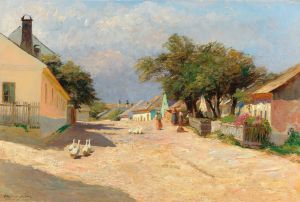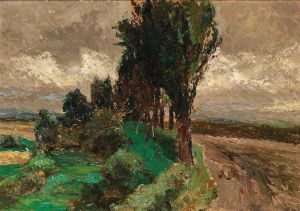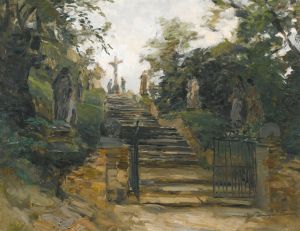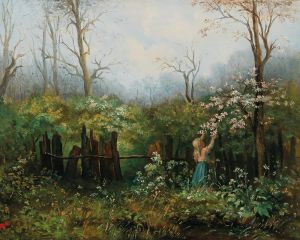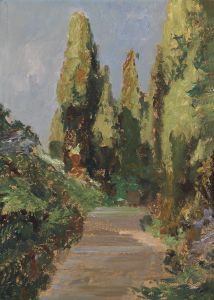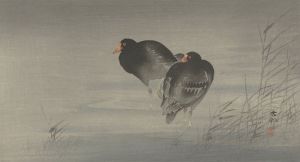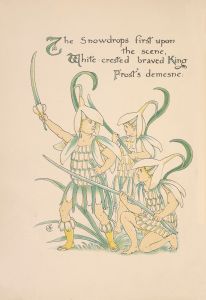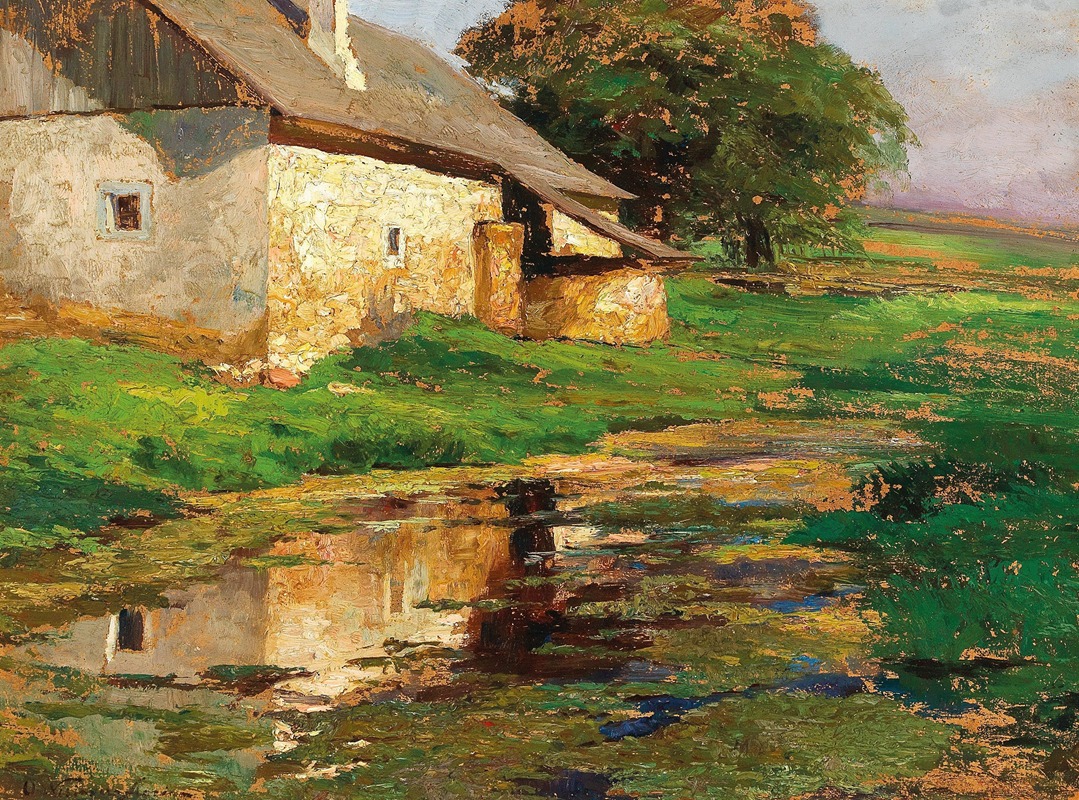
Am Tümpel hinterm Haus
A hand-painted replica of Olga Wisinger-Florian’s masterpiece Am Tümpel hinterm Haus, meticulously crafted by professional artists to capture the true essence of the original. Each piece is created with museum-quality canvas and rare mineral pigments, carefully painted by experienced artists with delicate brushstrokes and rich, layered colors to perfectly recreate the texture of the original artwork. Unlike machine-printed reproductions, this hand-painted version brings the painting to life, infused with the artist’s emotions and skill in every stroke. Whether for personal collection or home decoration, it instantly elevates the artistic atmosphere of any space.
Olga Wisinger-Florian was an Austrian painter known for her contributions to the Impressionist movement, particularly in the realm of landscape painting. Born on November 1, 1844, in Vienna, she initially pursued a career in music before turning to painting in her late twenties. Wisinger-Florian studied under several prominent artists, including Melchior Fritsch and Emil Jakob Schindler, which significantly influenced her artistic development.
"Am Tümpel hinterm Haus" is one of Wisinger-Florian's notable works, although specific details about this painting are not extensively documented. The title translates to "At the Pond Behind the House," suggesting a focus on a serene, natural setting, which aligns with Wisinger-Florian's typical subject matter. Her works often depicted gardens, meadows, and other pastoral scenes, capturing the transient effects of light and atmosphere with a delicate yet vibrant palette.
Wisinger-Florian's style is characterized by her use of color and light, which she employed to convey the changing moods of nature. Her brushwork is often described as vigorous and expressive, contributing to the dynamic quality of her landscapes. This approach places her within the broader context of Impressionism, although her work also exhibits a unique personal style that distinguishes her from her contemporaries.
Throughout her career, Wisinger-Florian gained considerable recognition and was an active participant in the Viennese art scene. She exhibited her work in various prestigious venues, including the Vienna Secession, an art movement that sought to break away from traditional academic art and promote modernist approaches. Her contributions to art were acknowledged with several awards, and she became one of the few women of her time to achieve such prominence in the field.
In addition to her artistic achievements, Wisinger-Florian was also involved in advocating for women's rights, particularly in the arts. She was a member of the Association of Austrian Women Artists, which aimed to support and promote female artists in a male-dominated industry. Her efforts in this area reflect her commitment to both her craft and the broader social issues of her time.
While specific information about "Am Tümpel hinterm Haus" is limited, it can be appreciated within the context of Wisinger-Florian's broader body of work. Her paintings are celebrated for their ability to capture the essence of the natural world, and they continue to be admired for their beauty and technical skill. Wisinger-Florian passed away on November 27, 1926, in Grafenegg, Austria, leaving behind a legacy that continues to inspire and influence artists and art enthusiasts alike.





